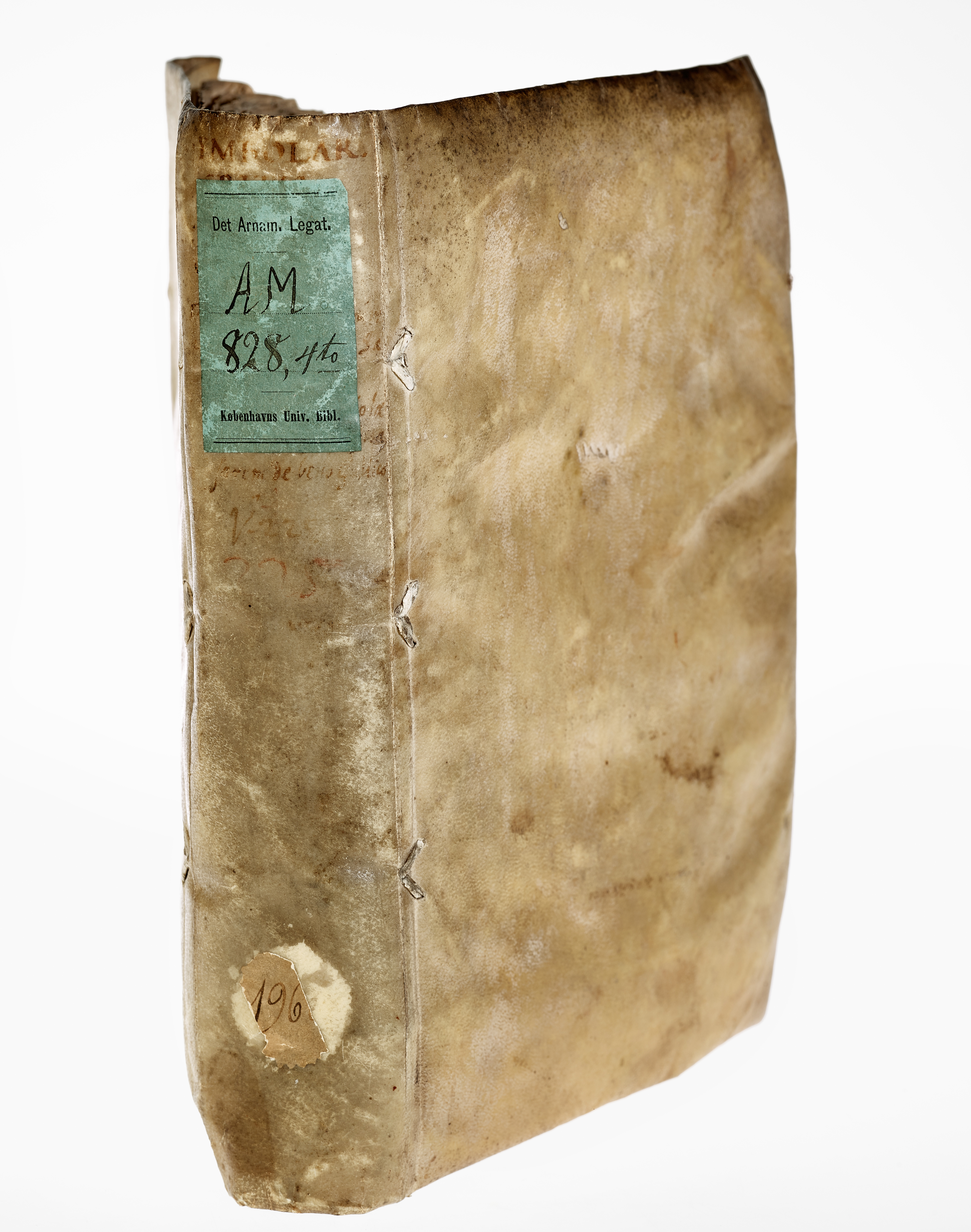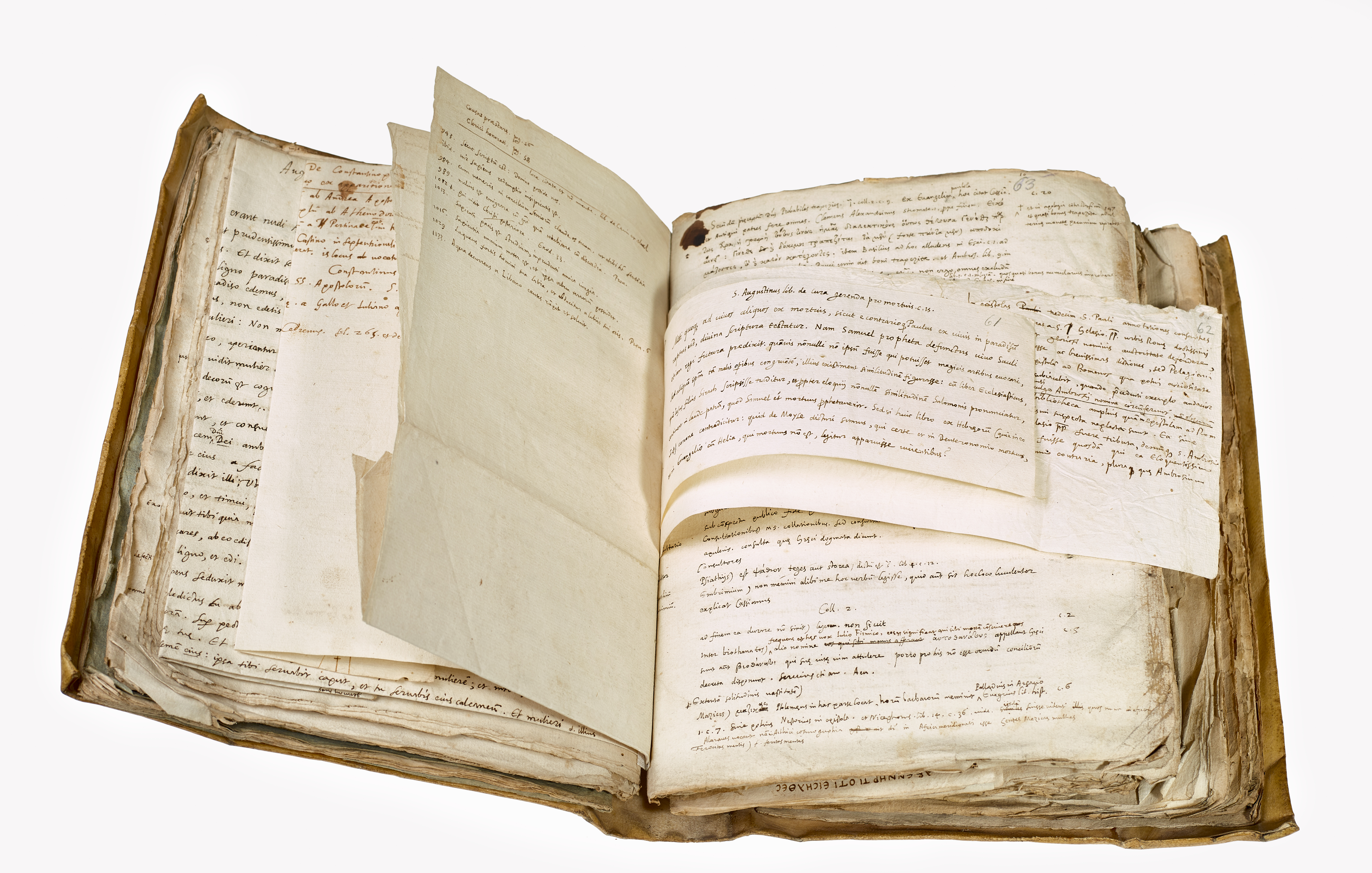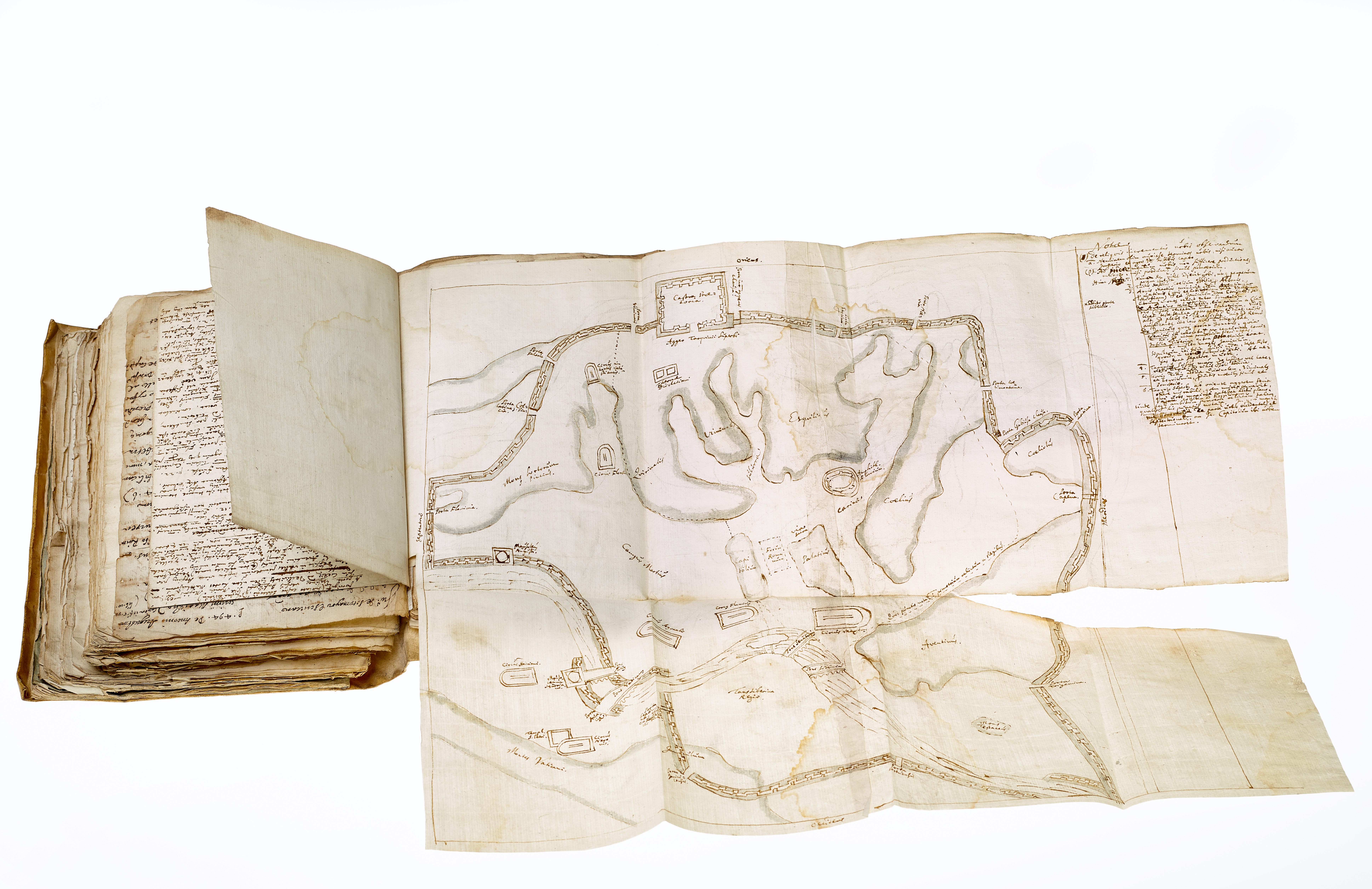Notes from the Sixteenth Century: AM 828 4to
For the most part, AM 828 4to contains critical notes and commentaries about classical works by the sixteenth-century scholar Pedro Chacón.
AM 828 4to is a composite manuscript and consists of different parts, including letters, notes, maps
Towards a Modern Critical Edition of Caesar’s Gallic Wars
AM 828 4to is one of nearly two dozen manuscripts of Spanish origin in the Arnamagnæan Collection. For the most part, the manuscript contains critical notes and commentaries about classical works such as those by Sallust, Varro
Among these notes, we find annotations on Caesar’s De
About a decade after the publication of the Fragmenta
 |
 |
AM 828 4to
AM 828 4to also contains transcriptions and drawings of Greek and Roman inscriptions and two hand-drawn maps of Rome, one of which is seen above.
Who was Pedro Chacón?
Not much is known about Pedro Chacón (1525/26–1581), also known as Petrus Ciacconius Toletanus in Latin. Born in Toledo, he moved to Salamanca in 1555 to study theology. He was later appointed as professor of Greek and Mathematics at the University of Salamanca and was then tasked with writing the first history of the University in 1569. By the autumn of 1572, he was living in Rome. Together with Christopher Clavius (1538–1612), Chacón was one of the scholars who was commissioned to reform the Julian calendar by Pope Gregory XIII (1502–1585). Introduced in 1582, a year after Chacón’s death, and since then known after the name of the Pope, the Gregorian calendar is still the most widely used civil calendar in the world.
During his time in Rome, Chacón’s circle included other renowned clerics and scholars of his time such as Antonio Agustín (1516/17–1586) and Fulvio Orsini (1529–1630) as well as artists such as Giorgio Giulio Clovio (or Juraj Julije Klović, 1498–1578) and Doménikos Theotokópoulos (1541–1614), better known as El Greco. In addition to his work on the calendar, Chacón also worked on Greek and Roman inscriptions and on ancient customs and literature. His notes found in AM 828 4to are probably from this last decade of his life.
 |
 |
Chacón’s notes for another one of his most famous works, De
How Did Pedro Chacón’s Manuscript End Up in the Arnamagnæan Collection?
There is no record about how AM 828 4to became part of the Arnamagnæan Collection. Another manuscript in the Collection, however, might offer some clues. AM 253 fol. includes letters to and from Pedro Chacón as well as a treatise by him on the Roman calendar. Along with a few other manuscripts of Spanish origin in the Arnamagnæan Collection, Mariane Overgaard showed that AM 253 fol. was acquired from the estate of Jens Rosenkrantz (1640–1695) by Árni Magnússon (1663–1730) at the turn of the seventeenth century. It is therefore possible that AM 828 4to was also part of Rosenkrantz’s collection and that the two manuscripts were acquired together.
It is thought that AM 828 4to was first passed on to Chacón’s friend Luis de Castilla (c.1540–1618)—the son of Diego de Castilla (1510/15–1584), dean of the Toledo Cathedral—who was the commissioner to the Spanish crown in Italy at the time when he met Chacón. Afterwards, together with most of Luis de Castilla’s manuscripts and books, it is thought to have been acquired by Gaspar de Guzmán (1587–1645), the Count-Duke of Olivares. And it is from Gaspar de Guzmán that it is speculated to have passed on to Cornelius Pedersen Lerche (1615–1681), a Danish nobleman and civil servant, who spent time as an envoy to Spain where he collected a number of manuscripts. Since many of Lerche’s books were later bought by Jens Rosenkrantz (1640–1695), it is assumed that this is how AM 828 4to first came to Denmark and later became part of the Arnamagnæan Collection.
Contact
 N. Kıvılcım Yavuz is Postdoctoral Research Associate at the Arnamagnæan Institute.
N. Kıvılcım Yavuz is Postdoctoral Research Associate at the Arnamagnæan Institute.
Katrín Þórdís Driscoll is Research Assistant at the Department of Nordic Studies and Linguistics.
Kıvılcım is currently conducting research on the Latin manuscripts in the Arnamagnæan Collection, so more information will be revealed about the contents of AM 828 4to, AM 253 fol. and others in the coming year and findings will be made available on our online manuscript
Bibliography:
Ilsøe, Harald. “Om Christian Reitzers biliotek erhvervet 1721.” In Det kongelige Bibliotek i støbeskeen, studier og samlinger til bestandens historie indtil ca. 1780. 2 vols. Danish Humanist Texts and Studies 21. 1: 313–402. Copenhagen: Museum Tusculanum Press, 1999.
Kålund, Kristian. Katalog over den Arnamagnæanske håndskriftsamling. 2 vols. Copenhagen: Gyldendalske Boghandel, 1888-1894.
Moraleda Díaz, Javier. “Las notas críticas de Pedro Chacón al Bellum Gallicumde Julio César.” In Julio César: textos, contextos y recepción. De la Roma Clásica al mundo actual, edited by Antonio Moreno Hernández, 385–98. Madrid: Universidad Nacional de Educación a Distancia, 2010.
Overgaard, Mariane. “Manuscripta Rosencrantziana.” Opuscula10 (1996): 262–85.
Ruiz, Elisa. “Los años romanos de Pedro Chacón: vida y obras.” Cuadernos de Filología Clásica10 (1976): 189–47.


